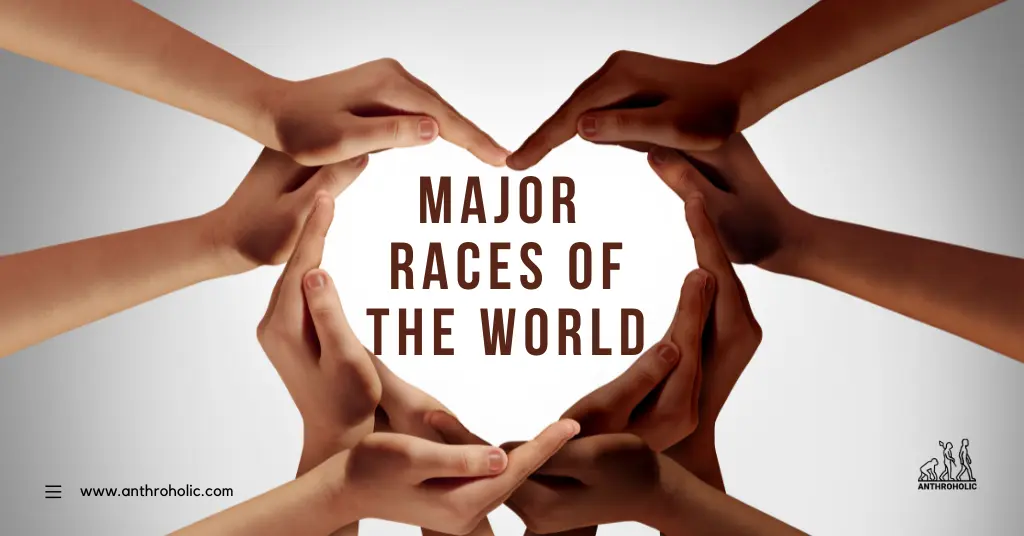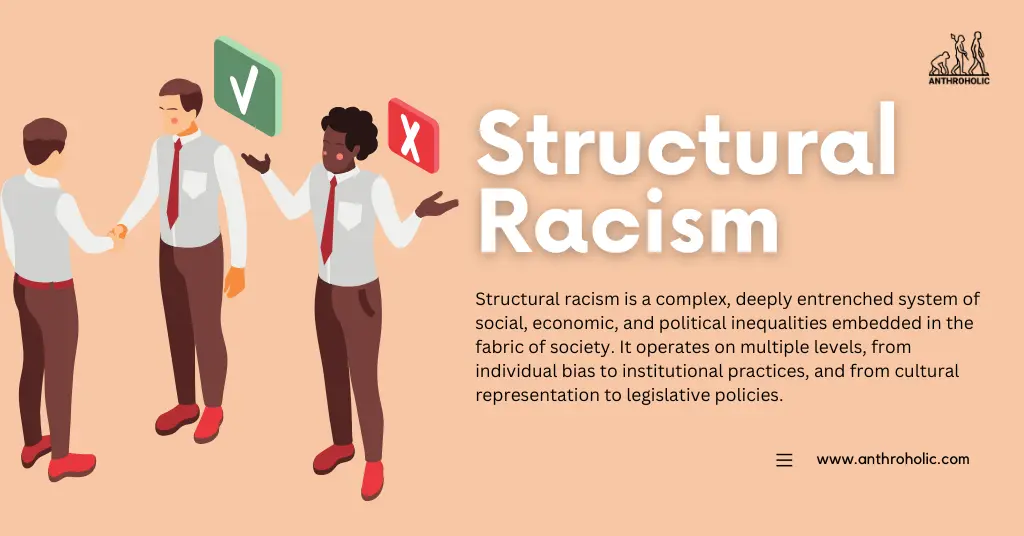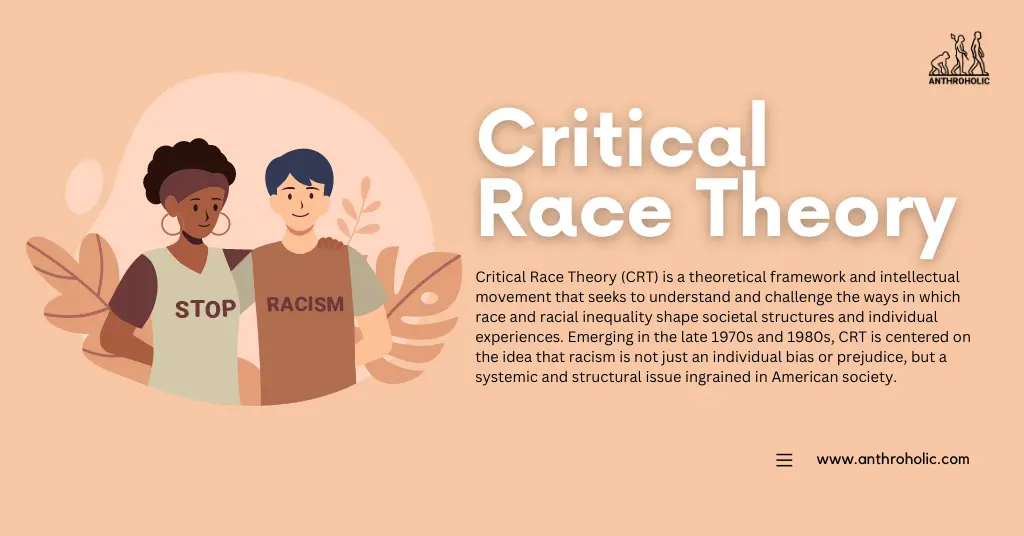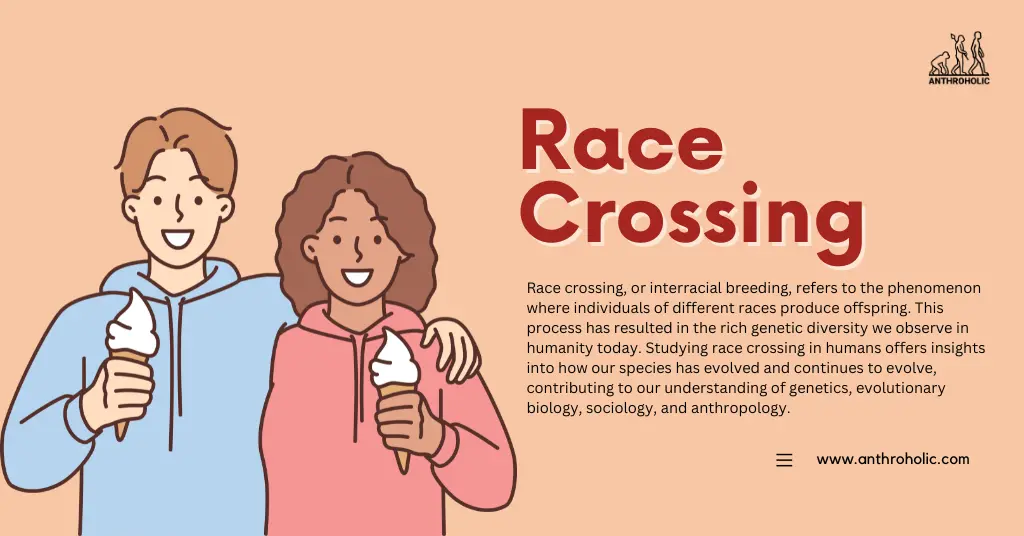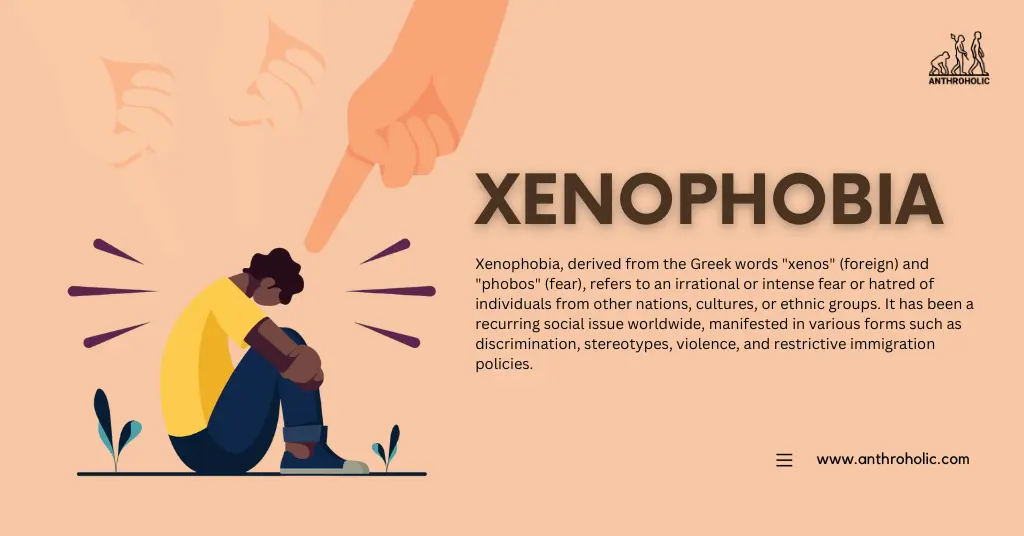AI Answer Evaluation Platform Live Now. Try Free Answer Evaluation Now
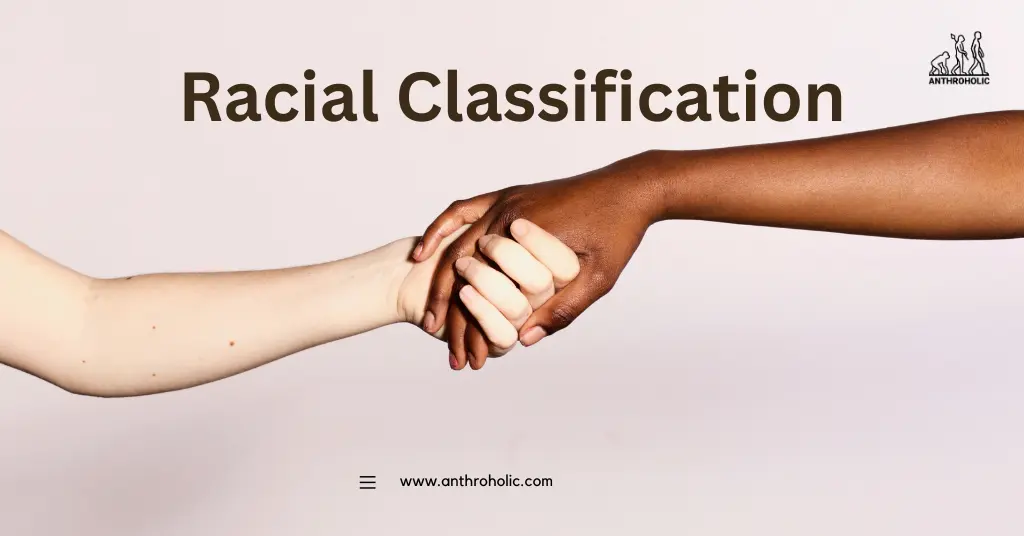
Criteria for Racial Classification
Racial classification refers to the categorization of humans into distinct groups based on inherited physical and genetic characteristics. It is a controversial and complicated topic due to the immense genetic diversity and cultural intermingling among humans worldwide.
